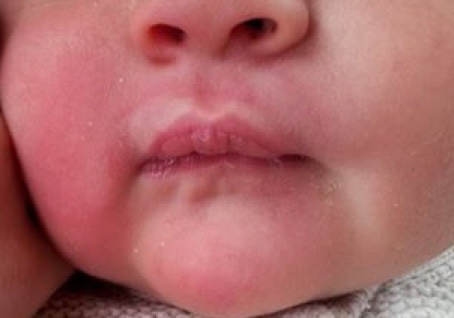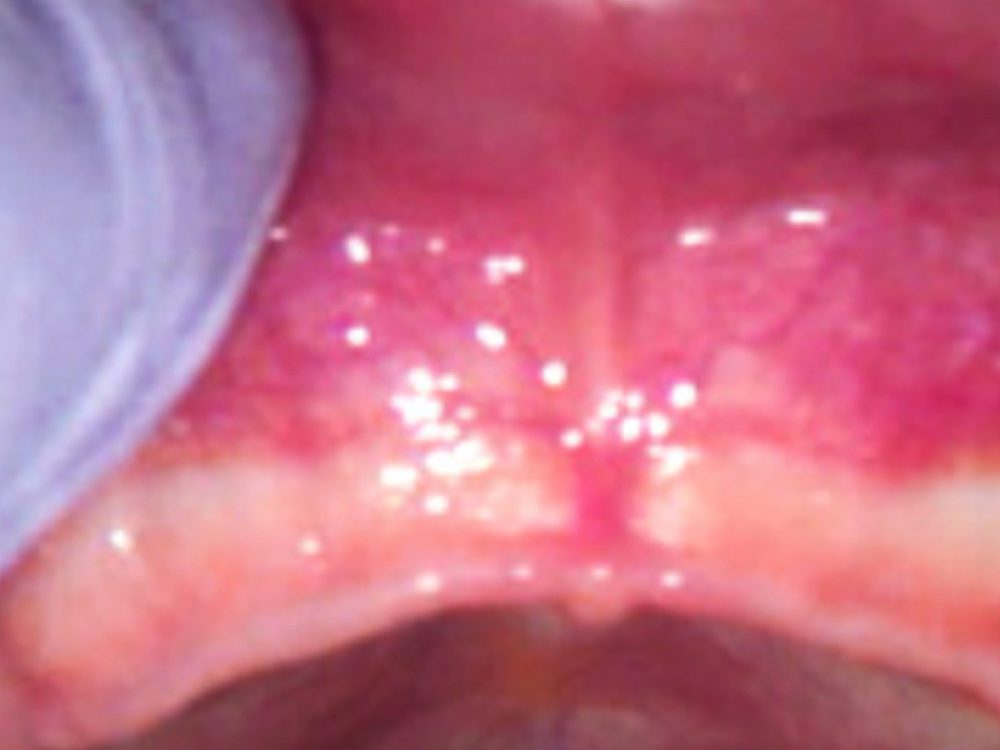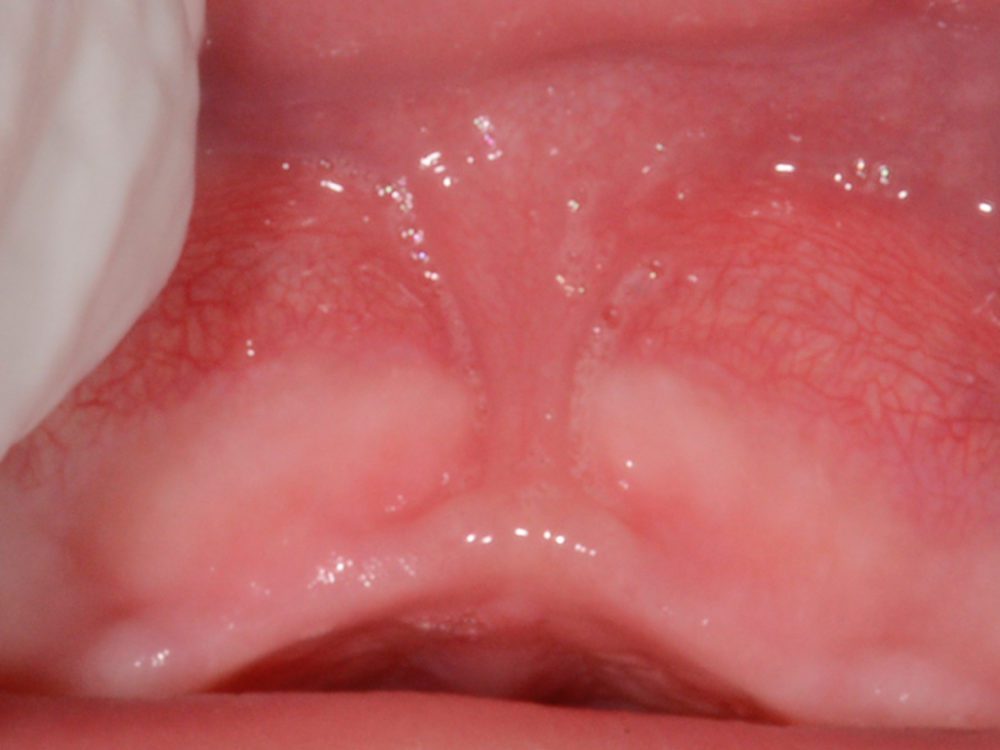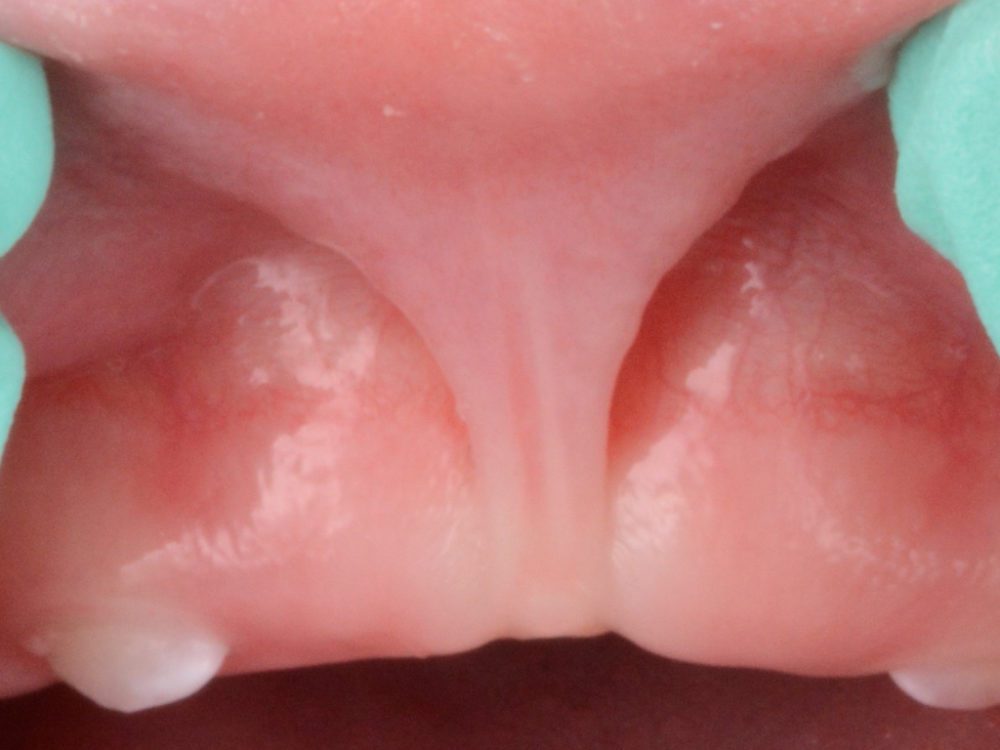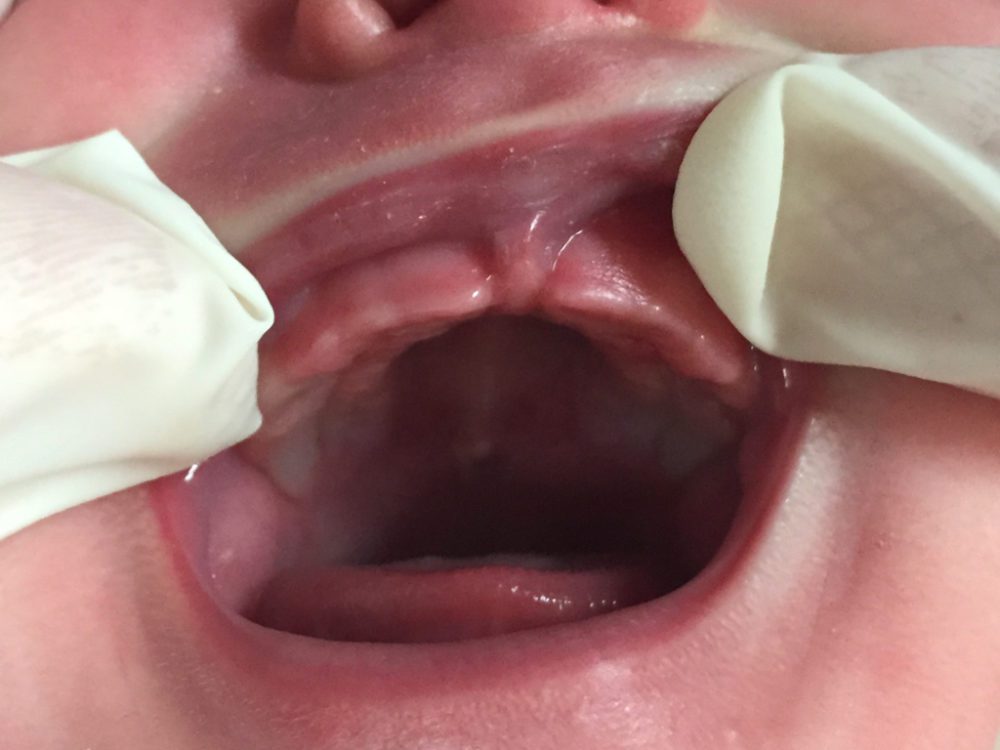What does a tongue tie look like
class="p1">class="s1">Providers use a classification system to describe the tongue tie. This system only indicates where the tie is attached between the floor of the mouth and tongue. Providers usually use four classifications of Coryllosclass="Apple-converted-space"> or Kotlow, (see pictures below).
class="p1">
class="p1">class="s1">The anterior tie is easy to see when the baby cries or tries to lift up the tongue. It can also be felt with your finger under the tongue. It is attached all the way to the tip of the tongue. Very often it makes a heart-shaped tongue when the baby cries or tries to move it.
class="p1">
class="p1">class="s1">The anterior tie is a little further from the tip of the tongue. It is also felt like a guitar string or easily seen when the baby cries or tries to lift the tongue. The tongue stays low in the mouth when the baby cries or tries to move the tongue, very often you see a bowl- shaped tongue when crying (only the edges move up).
class="p1">
class="p1">class="s1">The posterior tie is further away from the tip and can be made visible by using a special tool, the groove director, or by using your two index fingers that push back the mucous in the direction of the throat and lift up the tongue simultaneously. The tongue stays low in the mouth when the baby cries, tries to move the tongue, or shows indentation or creases, very often you see a bowl shaped tongue when crying (only the edges move up). With your finger you can feel a “speedbump” or guitar string further back.
class="p1">
class="p1">class="s1">The posterior tie is not visible, but “hidden” behind the mucous. It can only be shown with the groove director or with two index fingers that back push the mucous in the direction of the throat and lift up the tongue simultaneously. The tongue stays low in the mouth when the baby cries or tries to move the tongue, or shows indentation or creases, very often you see a bowl shaped tongue when crying (only the edges move up). With your finger you can feel a “speedbump” or guitar string further back.
